Facing the collective rise in graphics card prices, it is undoubtedly a challenge for consumers looking to purchase computers. However, just as warriors on the battlefield need to adapt flexibly to various situations, we must also respond flexibly to the fluctuations in graphics card prices on our journey to buy a computer. Here are some carefully prepared strategies that may help you maintain your footing during this “price hike storm”.
Firstly, sometimes market price fluctuations are temporary, much like the ups and downs of the stock market. Graphics card prices may experience a brief increase due to supply chain issues, holiday promotions, and other reasons. At this point, it might be wise to act like a “ninja” and wait for the right moment, as history shows that time often brings inflated prices back to rational levels. During the waiting period, closely monitor the dynamics and trends of the graphics card market. You can gather firsthand information through major e-commerce platforms for graphics card prices, industry news, social media discussions, and other channels. This way, you will have a greater chance of seizing the right purchasing opportunity.
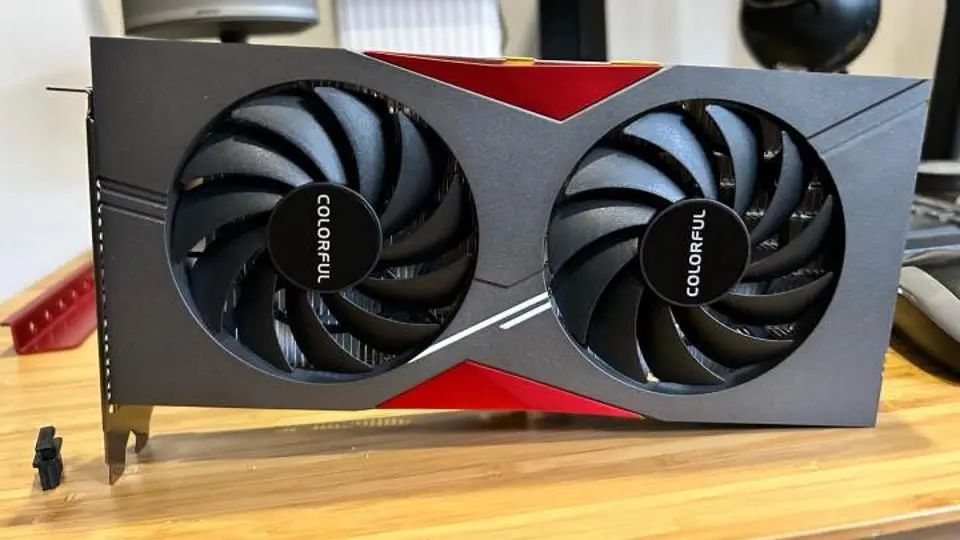
Of course, when the price of a graphics card exceeds your budget, consider broadening your horizons and looking for alternatives. Different brands and models of graphics cards may overlap in certain performance aspects. Choosing a graphics card that suits you is far more important than blindly pursuing high performance. If your budget is tight, you can also try to save costs in other areas. Buying a second-hand graphics card or participating in promotional activities are both good options. At the same time, you might consider purchasing a processor equipped with an integrated graphics card to meet daily usage needs.
If your primary use is for gaming or other graphics-intensive tasks, then purchasing a pre-built machine with a dedicated graphics card may be a more economical and convenient choice. Compared to buying a graphics card separately, this method can save you a lot of trouble. When purchasing, you can communicate your configuration needs with the seller and seek the most suitable solution. However, it is important to remind you not to be misled by various marketing tactics from sellers; rational consumption is key.
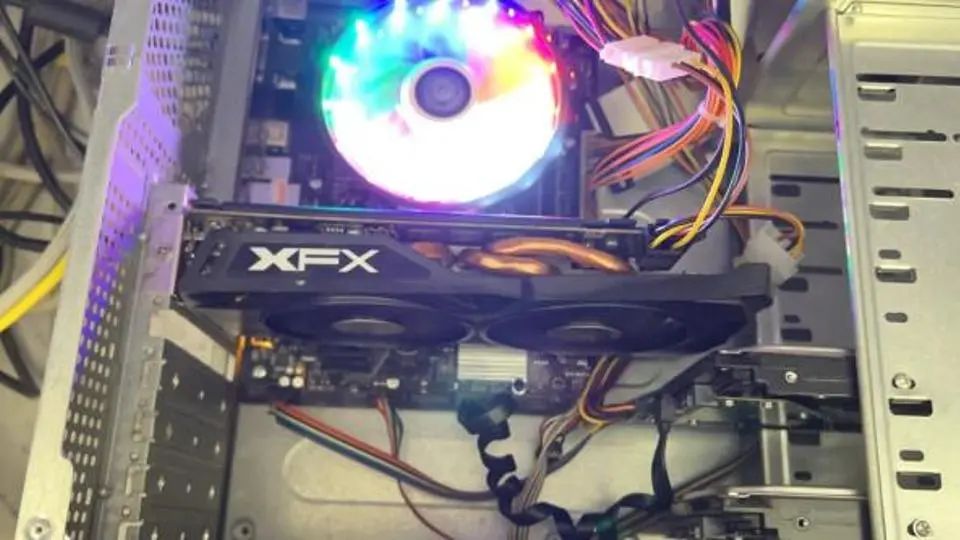
Here, I would like to present a controversial viewpoint: should we excessively pursue cost-effectiveness in the face of price increases? In my opinion, true cost-effectiveness is not just a balance between price and performance, but also a match with your actual needs, budget, and usage scenarios. Blindly pursuing the lowest price may compromise performance, while excessively chasing high performance may neglect the balanced configuration of other hardware. Therefore, when choosing a graphics card, you should consider your actual needs and budget comprehensively to avoid falling into the trap of “cost-effectiveness”.
In summary, in the face of the collective rise in graphics card prices, consumers should remain calm, pay attention to market dynamics, and consume rationally. As long as we strategize appropriately, we can maintain our footing during this price hike storm and select a graphics card that truly suits us.
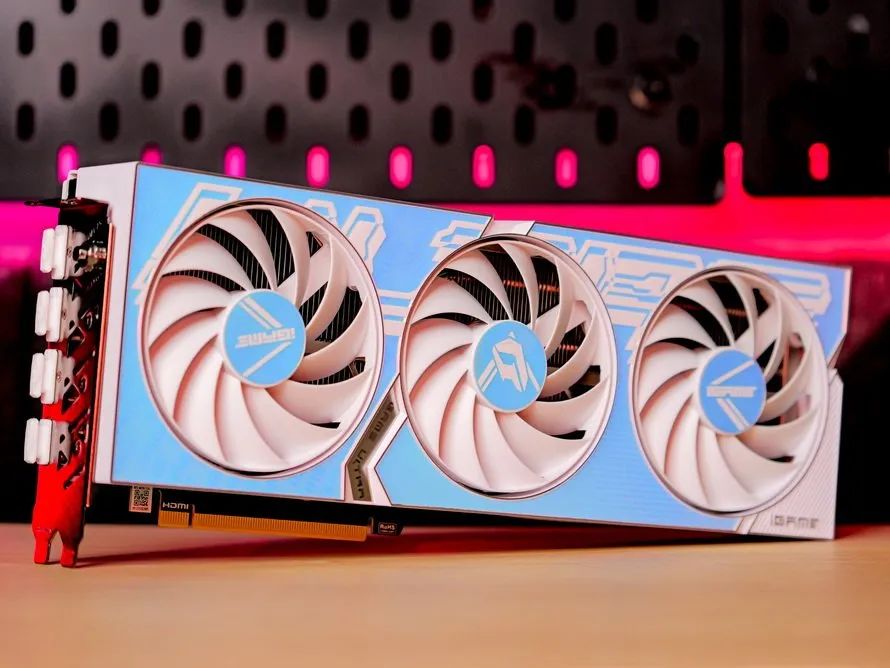
In terms of software and systems, the graphics card, as an important component of a computer, directly affects overall operating efficiency. With the development of new technological trends, graphics cards play an increasingly important role in graphics processing, AI computing, and other fields. Therefore, understanding the compatibility of graphics cards with systems, as well as software compatibility, is an aspect that cannot be ignored when purchasing a computer.
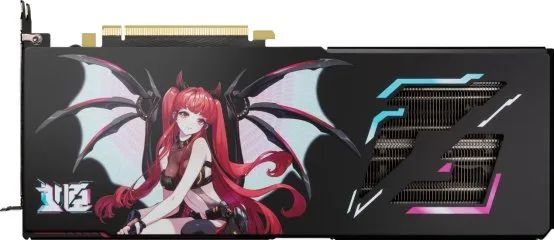
Regarding warranty and after-sales service, when purchasing a graphics card, consumers should pay attention to the warranty period and after-sales service content of the product. Quality warranty services can protect consumers’ rights, especially when a graphics card malfunctions, ensuring timely and effective repair or replacement. Additionally, some brands offer professional technical support to help consumers resolve issues during use.
In terms of new technological trends, with the continuous development of technology, the performance of graphics cards is also constantly improving. For example, the new generation of graphics cards has outstanding performance in artificial intelligence, virtual reality, gaming, and other fields. Therefore, when purchasing a graphics card, consumers should not only focus on current needs but also pay attention to future technological development trends, choosing a graphics card with potential.
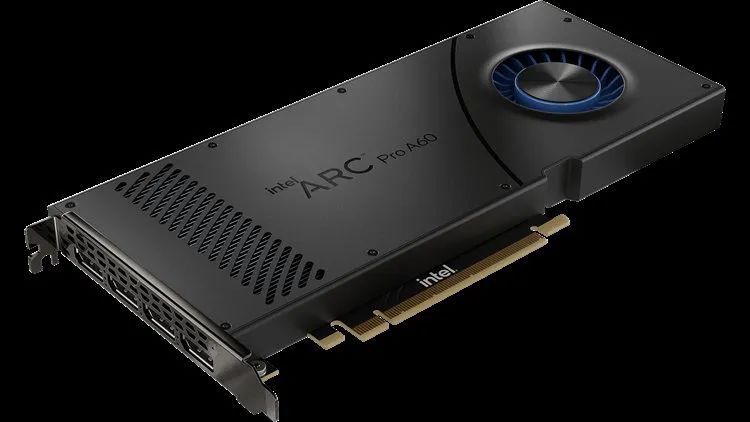
In conclusion, in the face of the collective rise in graphics card prices, consumers should not only pay attention to market dynamics and consume rationally, but also understand knowledge about software and systems, warranty and after-sales service, and new technological trends. Only in this way can they select a graphics card that truly suits them and enjoy a high-quality computer usage experience.